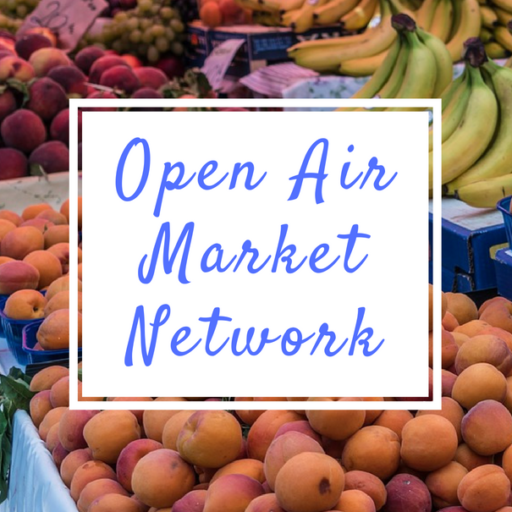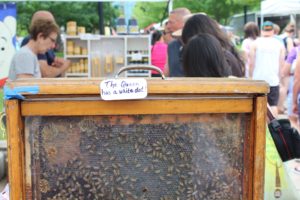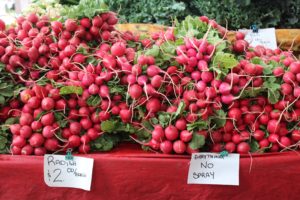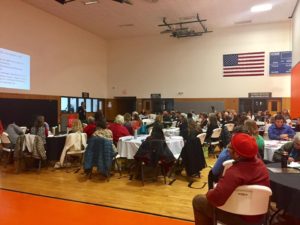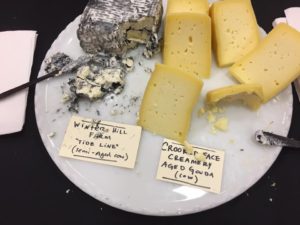I remember the first time I came to Madison, Wisconsin. The true beauty of the city immediately stood out between the Capitol Building and the two lakes. I stood looking up State Street, awestruck by the city I was about to call my home for four years. Amongst the many highlights that Madison has to offer, one of the features of the city that caught my eye most were the many food trucks lined up on Library Mall.
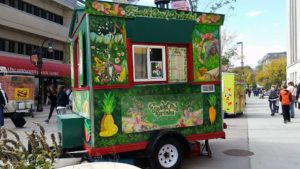
Food Trucks on Library Mall in Madison, Wisconsin.
In a state that prides itself for beer and cheese, the diversity of ethnicities amongst the food trucks is incredible. Whether you are craving authentic tacos, Chicago-style hot dogs, or Thai food, you are able to get any of them for just a few dollars. Now, four years later I am striving to complete the ‘rounds’ and eat at every food truck that holds a residency in Library Mall.
While hoping to try each truck before graduating this May, there are a few that I must say are my favorite. This anecdote will tell you why.
My curiosity continued to grow as I watched the line for the green food truck titled, “Fresh Cool Drinks” wrap around Library Mall like a never-ending snake. My mind immediately wondered, what’s so good about this truck? Little did I know, not only is the food my favorite, but also the worker, Tsuey.
Fresh Cool Drinks has, in some sense, saved my life while studying on campus. Although the line is often incredibly long, it is always worth the wait. The cart’s most popular, and my favorite food cart item, is the $3 spring roll. Tsuey fills each roll with an overwhelming amount of ingredients like cabbage, a choice of meat or tofu, avocado and a choice of sauce. Never did I think I could fall in love with a food item, but I did.
Tsuey has a huge influence on her costumers, as she tends to remember the faces and names of her regulars – making each visit at the truck a memorable one.
Amidst the flu and final season of December 2016, I stood in the long line for a spring roll. After fighting off strep throat for a few days, my voice was cracked and quite noticeable. Immediately after I ordered my lunch, Tsuey asked if I was sick and what my symptoms were – her concern was heartwarming.
Within minutes, Tsuey popped her head out of the window with my spring roll and before I could say thank you, she then handed me a soothing home remedy for my throat consisting of ginger, honey and lemon and instantly said, “on the house.”
Tsuey’s act of kindness instantly triggered a feeling of comfort and home in this city. The food trucks are a place for people to explore the many cultures of Madison while simultaneously radiating happiness and common ground for everyone. If given the opportunity, check out a truck that you have not yet been to – the food, as well as the people working may surprise you.
